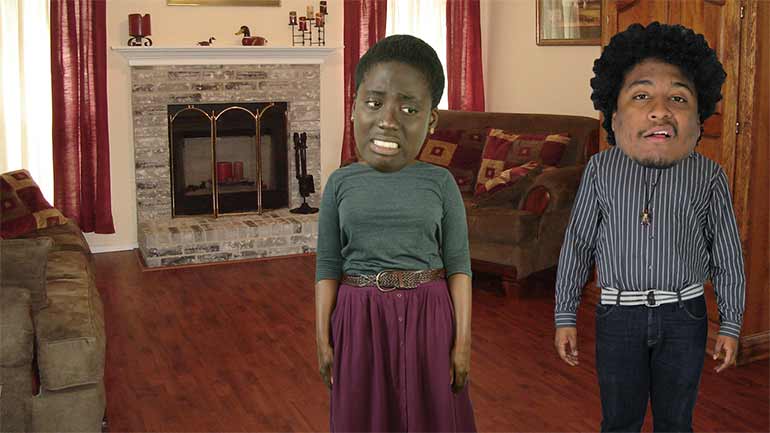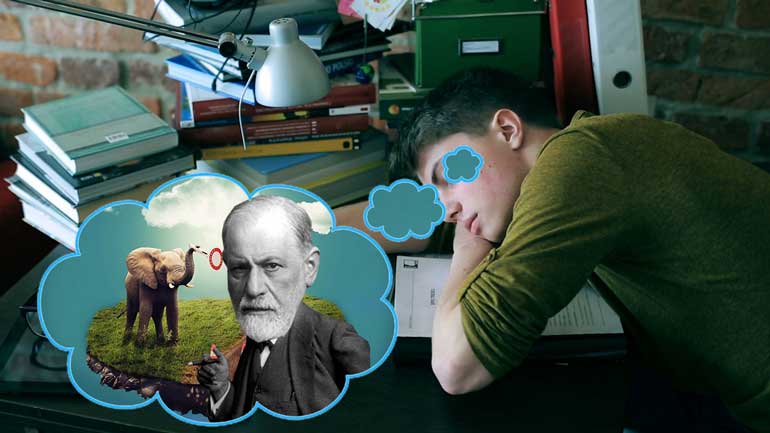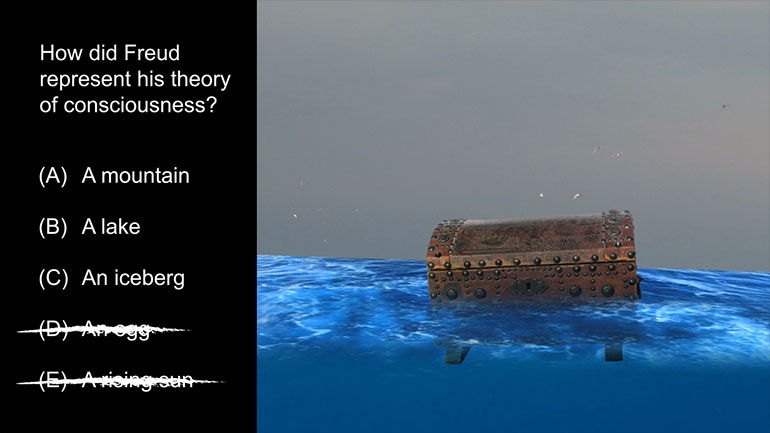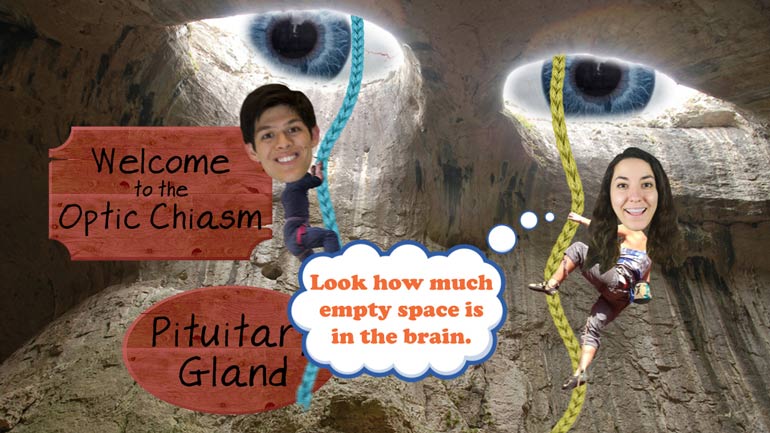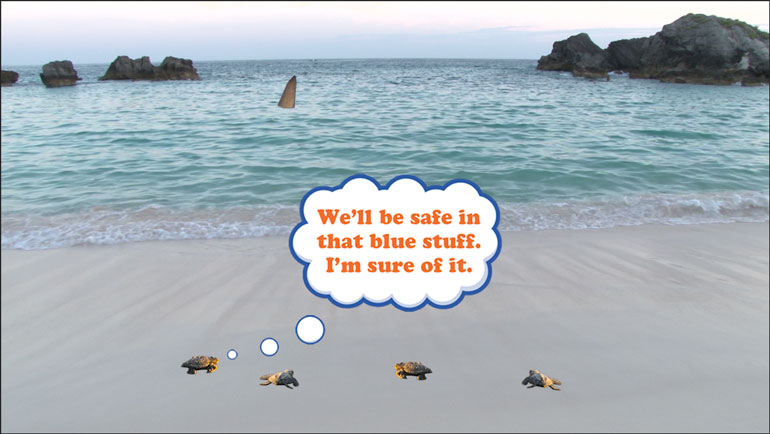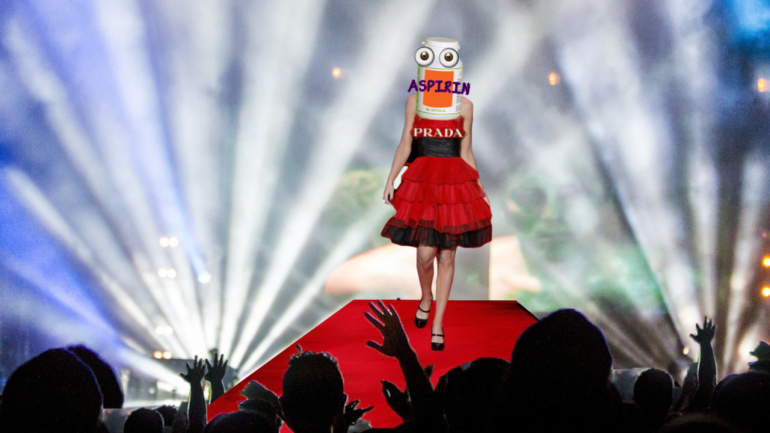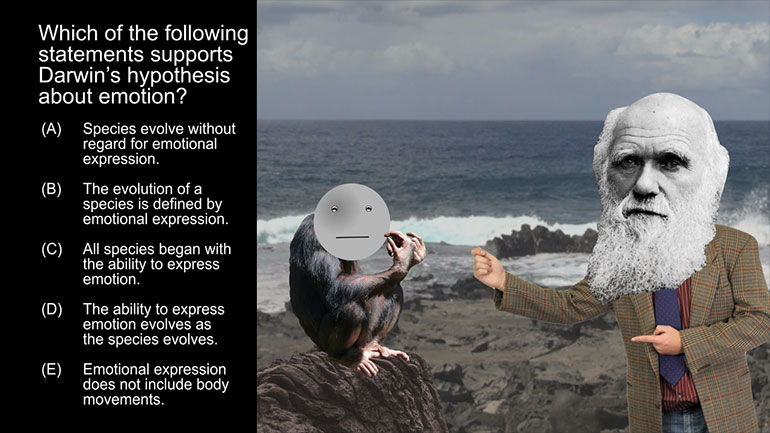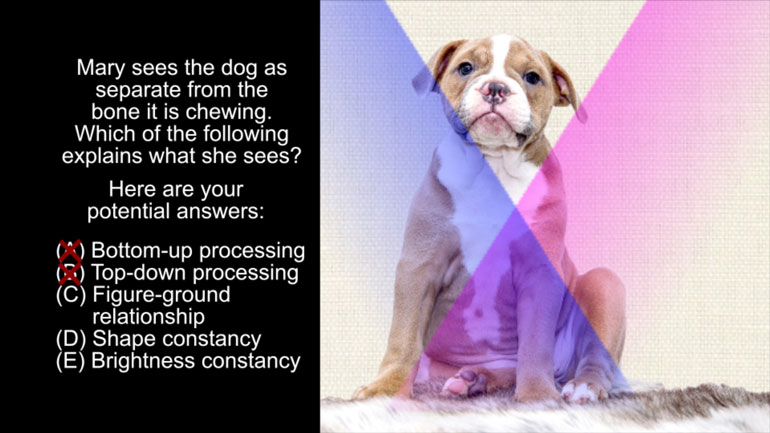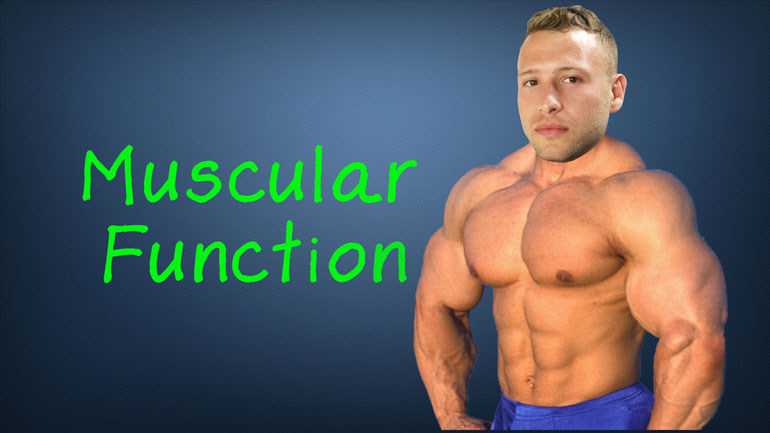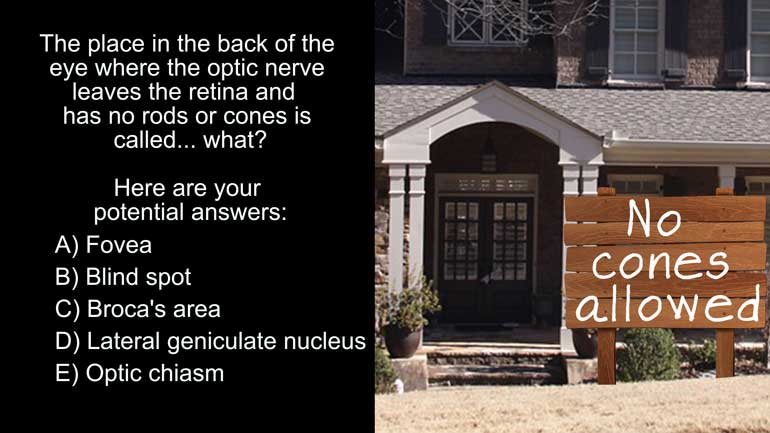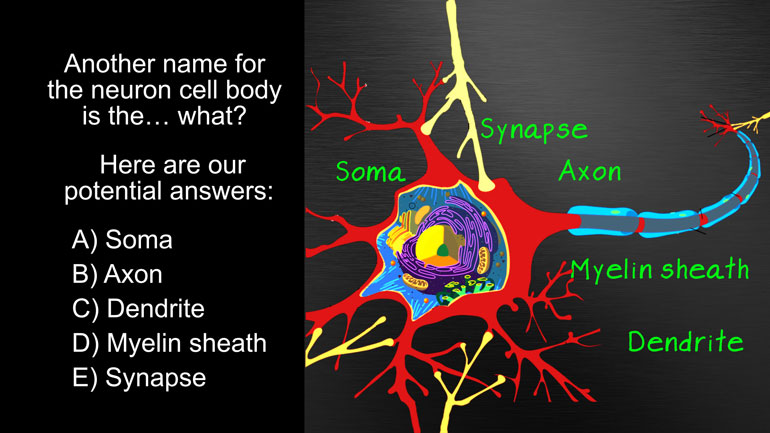ShmoopTube
Where Monty Python meets your 10th grade teacher.
Search Thousands of Shmoop Videos
AP Psychology Videos 162 videos
AP Psychology 1.1 Social Psychology. Which of the following best describes social psychology?
AP Psychology 1.1 States of Consciousness. Who conducted research on REM sleep deprivations?
AP Psychology 2.2 Social Psychology. Which of the following was an independent variable manipulated in Asch's research?
AP Psychology 3.1 Sensation and Perception 19 Views
Share It!
Description:
AP Psychology 3.1 Sensation and Perception. The place in the back of the eye where the optic nerve leaves the retina and has no rods or cones is called what?
Transcript
- 00:03
And here's your shmoop du jour brought to you by the optic
- 00:06
nerve the reason your big brother gets annoyed just looking at you... Alright [Little brother jumps on big brothers bed]
- 00:11
here's the question the place in the back of the eye where the optic nerve
- 00:14
leads the retina and has no rods or cones is called what and here are your potential
- 00:20
answers....Okay so the question is looking for a place in the
Full Transcript
- 00:25
back of the eye with no rods and no cone let's keep that in mind as we look at our answers [A metal rod and an ice cream cone appear]
- 00:29
is this place where the optic nerve leaves the retina A; the fovea well the
- 00:35
fovea is a small pit in the center of the eye composed of closely packed cones [A construction man with two orange cones in the fovea]
- 00:39
it's responsible for sharp clear focused vision wait did we hear cones sorry
- 00:45
phobia this zone is a no cones allowed.. not to mention the whole back of the eye [Person crosses out 'back of the eye' and 'no cones']
- 00:50
thing so we can lose A...Everybody knows the back of the eyes where all the cool
- 00:54
kids sit...We meant bus what about C? Broca's area well that's a region of the [School kid sitting at the back of the bus]
- 01:01
frontal lobe but yeah okay already wrong frontal lobe is in your brain, not in [Hand points to man's brain and eye]
- 01:06
your eye but in case you're really curious its function is primarily linked
- 01:09
to speech production entirely unrelated to the discussion at hand but
- 01:13
responsible for our ability to have that discussion at all...So thanks Broca so
- 01:18
wrong but so right...Could it be D..well the lateral geniculate nucleus is a [Lateral geniculate nucleus shown in the brain]
- 01:24
structure in the thalamus that acts as the primary relay center for the optic
- 01:29
nerve in the thalamus.. not the back of the eye so D is out of the running and
- 01:33
E the optic chiasm is the part of the brain where the two optic nerves [Optic nerves shown crossing over in a diagram]
- 01:38
partially cross, again part of the brain not back of the eye... the brains really
- 01:43
making itself a pain today.. So we can cross out E as well so that means our answer
- 01:47
must be B, the blind spot which describes the part of the retinal wall [Car stutters down a road before parking]
- 01:51
within the eye so it doesn't have any cones or rods in order to make room for
- 01:55
the optic nerve to exit the eyeball this prohibits any light waves from being
- 01:59
transduced at that spot therefore creating a blind spot so B as in blind
- 02:04
spot is correct...A good thing we weren't blinding
- 02:07
the answer, right? [Man wearing an eyepatch]
Related Videos
AP Psychology 2.2 Social Psychology. Which of the following was an independent variable manipulated in Asch's research?
AP Psychology 1.1 Personality. According to Freud, these three parts of personality are constantly in conflict.
AP Psychology 1.1 Sensation and Perception. The process by which the brain can turn sensory stimuli from the outside world into electrical signals...
AP Psychology 1.1 Social Psychology. Which of the following best describes social psychology?
AP Psychology 1.1 States of Consciousness. Who conducted research on REM sleep deprivations?
